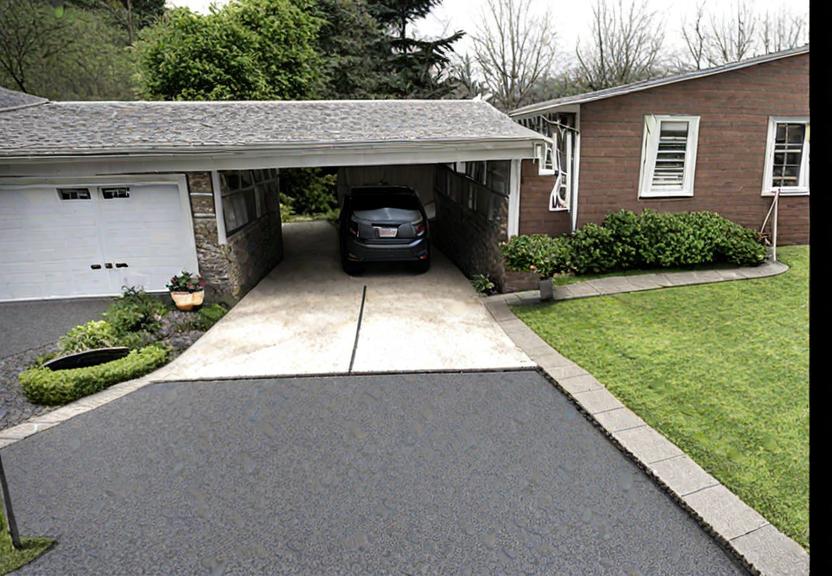Introduction:
Breaking concrete is a challenging task that requires proper techniques, tools, and safety precautions. Whether you need to remove a small section of concrete or demolish an entire structure, understanding the methods and best practices for breaking concrete can make the process more efficient and manageable. In this article, we will explore various techniques and provide valuable tips to help you break concrete effectively.
Assess the Concrete and Plan Accordingly:
Before you begin breaking concrete, assess the structure to determine its thickness, strength, and any reinforcing elements present, such as steel bars or mesh. This assessment will help you choose the appropriate tools and techniques for the job. If you are unsure about the structural integrity or complexity of the concrete, it is advisable to consult a professional.
Safety Precautions:
Safety should be a top priority when working with concrete. Wear protective gear, including safety goggles, a dust mask, gloves, and sturdy footwear. Use hearing protection if operating loud machinery. Clear the area of debris and ensure there are no bystanders nearby. Additionally, be cautious of electrical wires or pipes that may be hidden within the concrete.
Tools for Breaking Concrete:
There are several tools available for breaking concrete, depending on the size and nature of the project. Some common tools include:
Jackhammer:
A heavy-duty tool with a chisel or point attachment that delivers high-impact blows to break up concrete.
Rotary Hammer: Similar to a jackhammer but smaller and more maneuverable, ideal for smaller concrete removal tasks.
Concrete Saw:
Used to create cuts or lines in the concrete, making it easier to break apart.
Sledgehammer and Chisel:
Manual tools suitable for smaller-scale projects or for breaking up concrete sections.
Techniques for Breaking Concrete:
Percussion Method:
Utilize a jackhammer, rotary hammer, or sledgehammer and chisel to deliver repeated blows to the concrete, gradually breaking it apart. Start at the edges and work your way towards the center to create cracks and weaken the structure.
Diamond Blade Concrete Saw:
If you need to remove a large section of concrete, using a concrete saw to create controlled cuts can make the breaking process easier. Make sure to follow the manufacturer’s instructions and wear appropriate safety gear.
Hydraulic Bursting:
This method is employed when noise, vibration, or dust needs to be minimized. It involves using hydraulic power to apply pressure on the concrete, causing it to crack and break apart.
Expansive Grout:
An alternative method for smaller concrete removal projects involves using a non-explosive expansive grout. This chemical agent, when mixed with water and poured into drilled holes, expands and breaks the concrete from within.
Proper Technique and Execution:
When using tools like jackhammers or rotary hammers, hold the tool firmly, maintain a stable stance, and let the tool do the work by allowing the weight and force of the tool to break the concrete. Use controlled movements and avoid excessive force to prevent injury or damage to the surrounding area.
Disposal of Concrete Debris:
Once the concrete is broken into manageable pieces, you need to properly dispose of the debris. Check local regulations regarding concrete disposal and consider renting a dumpster or contacting a waste management company to handle the removal.
Conclusion:
Breaking concrete requires careful planning, the right tools and tool materials, and adherence to safety precautions. By assessing the concrete, choosing the appropriate techniques and tools, and following proper execution, you can efficiently break concrete for various projects. Remember to prioritize safety at all times and, if needed, consult professionals for complex or large-scale concrete demolition tasks





